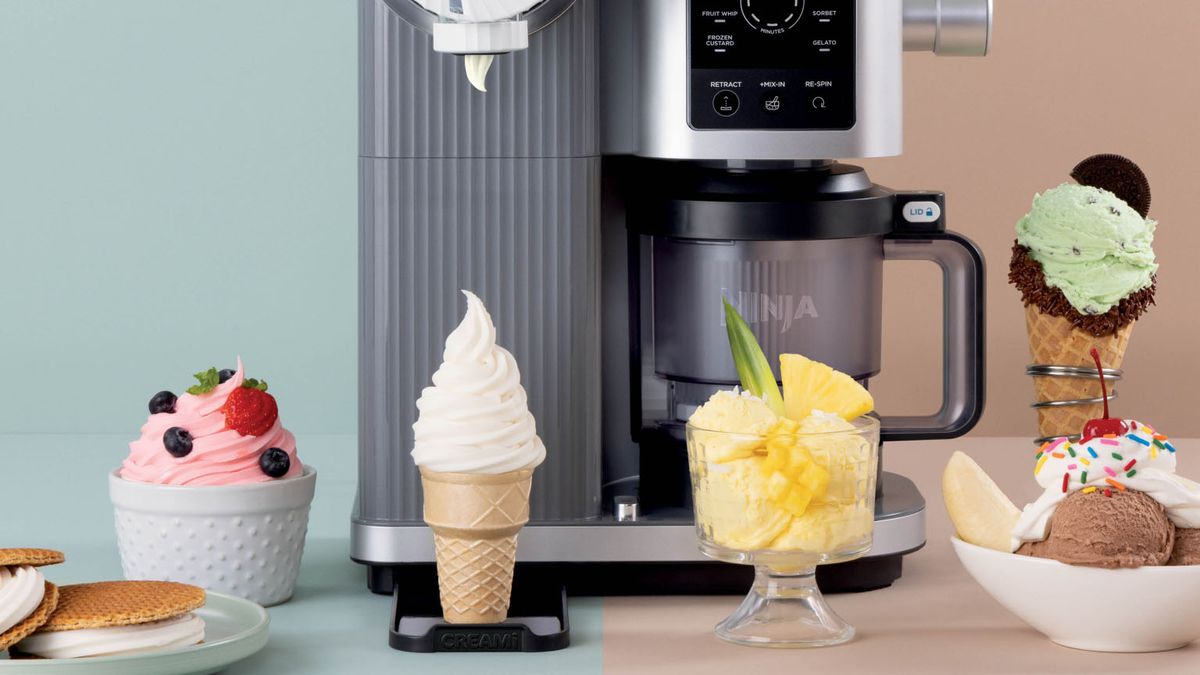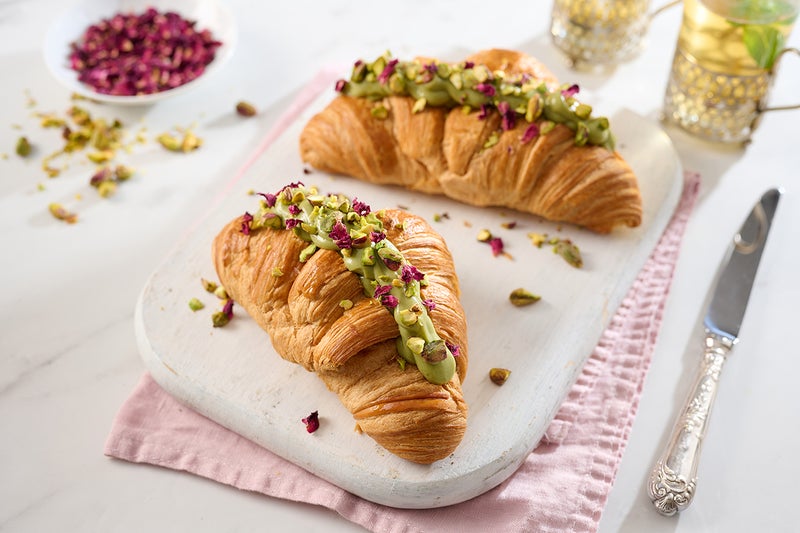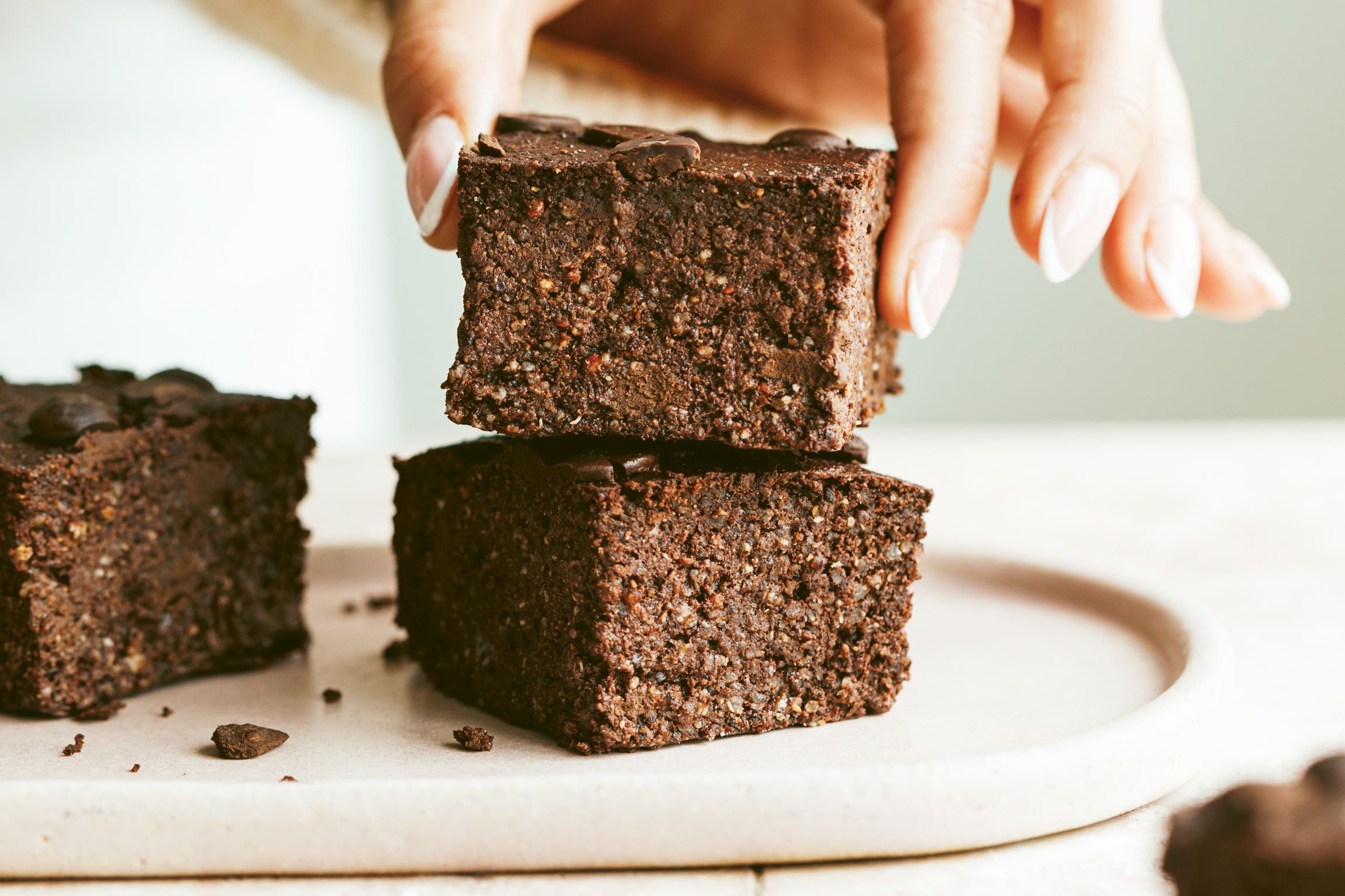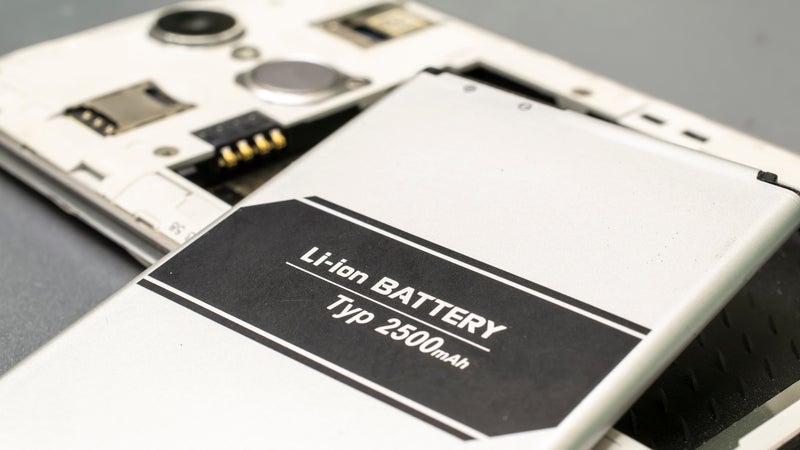Food scientists have invented a dripless ice-cream which is now on UK shelves. The breakthrough formula gives the same flavour and sensation of cold ice cream with fewer drips onto the cone. The magic ingredient is a formulation of sustainable palm oil, which gives the same creamy texture as dairy-based ice-cream - with fewer calories. As the palm oil has a higher melting point than the dairy usually used, the developers say this makes it both 'softer and more stable.'.
![[The magic ingredient is a formulation of sustainable palm oil, which gives the same creamy texture as dairy-based ice-cream - with fewer calories]](https://i.dailymail.co.uk/1s/2025/02/17/11/95291873-14405187-image-m-42_1739792471221.jpg)
The effect was first tested in tropical countries, where the temperatures are far higher, says food innovator Ashikin Fauzi, at SD Guthrie, who helped develop the technique. It's also proved a hit in Middle Eastern holiday spots, like Dubai – and is now on sale in vanilla, raspberry ripple and neopolitan flavours at UK supermarket chain Morrisons. It's also been adopted by one of the world's biggest manufacturers of ice-cream products, Nestle.
Food innovation expert Ashikin told Femail: 'Ice cream made with this ingredient still tastes cold and creamy, so you get the taste and refreshing sensation of traditional dairy ice-cream. But it stays creamily solid and holds its shape. Food scientists have invented a dripless ice-cream, just in time for the half-term holidays in the sun. The breakthrough formulation gives the same flavour and sensation of cold ice cream with fewer drips onto your cone.
'So that means it's not a race to eat it before it turns your cornet soggy. Ice cream is a complex mixture of fat globules, with ice crystals and sugar mixed in. It holds together as a solid when it's stored at freezing temperatures. However, the structure starts to fall apart when the ice crystals melt and turn to water. When dairy fat is replaced by sustainable palm oil, the matrix does not fall apart as soon as the ice melts, so it keeps its shape for longer.
Although the new type of ice-cream does need cooling, it doesn't need to be stored at such low temperatures. Once outside, it also doesn't melt until it reaches a higher temperature than dairy ice-cream. 'This unique melting behaviour is due to palm fat's higher melting point,' added Ashikin. 'This forms more stable networks inside the ice cream matrix, leading to slower melting and a firmer texture at room temperature.
The magic ingredient is a formulation of sustainable palm oil, which gives the same creamy texture as dairy-based ice-cream - with fewer calories. 'We tested it on a sample of consumers in blind taste tests, and they said it tastes as creamy as milk fat ice-cream.'. The new formulation is not only a breakthrough for ice cream, it's also good for the planet because it does not need as much energy to cool it.
Research has found that cooling and freezing uses up 30 percent of the global electricity consumption by the food sector, according to a 2022 industry study. Dairy also contributes to the climate crisis, according to the UN's Food and Agriculture Organisation, as well as being a polluter of waterways. And finally, the breakthrough is also good news for the two out of three people who treat themselves to an ice cream at least once a week during the summer, according to a survey of 2,000 UK adults by Opinium Research.
It has been found that eating ice-cream on the beach is our favourite family holiday memory - because it combines the sensory experience of the cold taste with feelings of togetherness, according to research by the Family Holiday Charity. However palm oils have long been vilified for reportedly raising the risk of heart disease, obesity and other illnesses. Last year a social media influencer, popular for his videos about health, sparked shock after revealing over half of supermarket versions of vanilla ice cream don't contain the traditional ingredients including vanilla, cream or even fresh milk.
Bringing a resurfaced investigation by the UK's consumer watchdog to light, he told viewers several products instead included seed oils such as palm, palm kernel and coconut. Cream and milk, meanwhile, were substituted with partially reconstituted dried skimmed milk or whey protein, with vanilla often replaced with a general flavouring. In the viral video, YouTuber Evan Edinger who boasts more than 800,000 subscribers, noted the use of oils in ice creams wasn't strictly banned in the US.
However, most manufacturers choose to opt for higher quality ingredients to meet stricter legal requirements that allow them to use the 'coveted ice cream label'. The investigation, carried out in 2018 by consumers' association Which?, found that one in five products examined had none of the three ingredients shoppers could expect to find in vanilla ice-cream. Only half of the 24 products surveyed contained all three traditional ingredients.






























